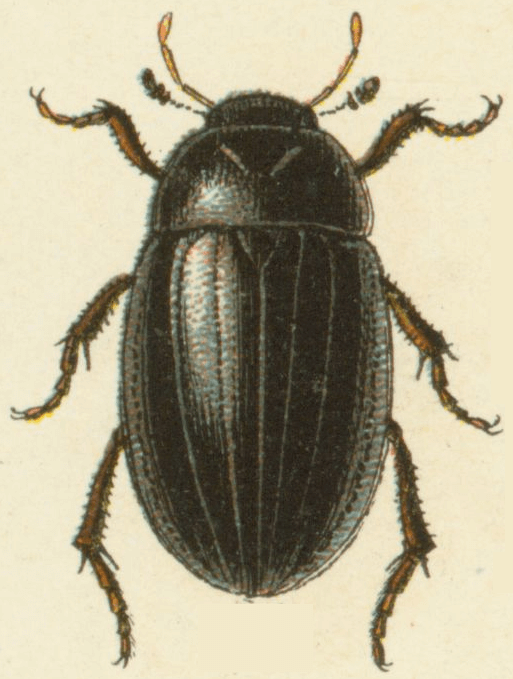Facts About Lesser silver water beetle
The lesser silver water beetle, despite its name, appears black and measures approximately 15 millimeters in length. This beetle employs a fascinating adaptation to survive underwater: it uses hairs on its underside to trap air, forming a gleaming silver bubble that enables it to breathe beneath the surface.
Scientifically designated as *H. caraboides*, the lesser silver water beetle is distributed throughout Europe. In the UK, it has a more restricted range, primarily observed in the Somerset Levels, Cheshire, and north-east Wales. This beetle is classified as endangered and is protected under Schedule 5 of the Wildlife and Countryside Act 1981.
In northern areas, the beetle's population mainly inhabits around 45 breeding pools. These habitats typically consist of ditches with floating vegetation rafts and shallow waters that support emergent plant stands. Interestingly, cattle poaching—the disturbance caused by cattle hooves—plays a crucial role in creating the ideal conditions for these beetles to breed successfully in these water bodies.

 Ireland
Ireland